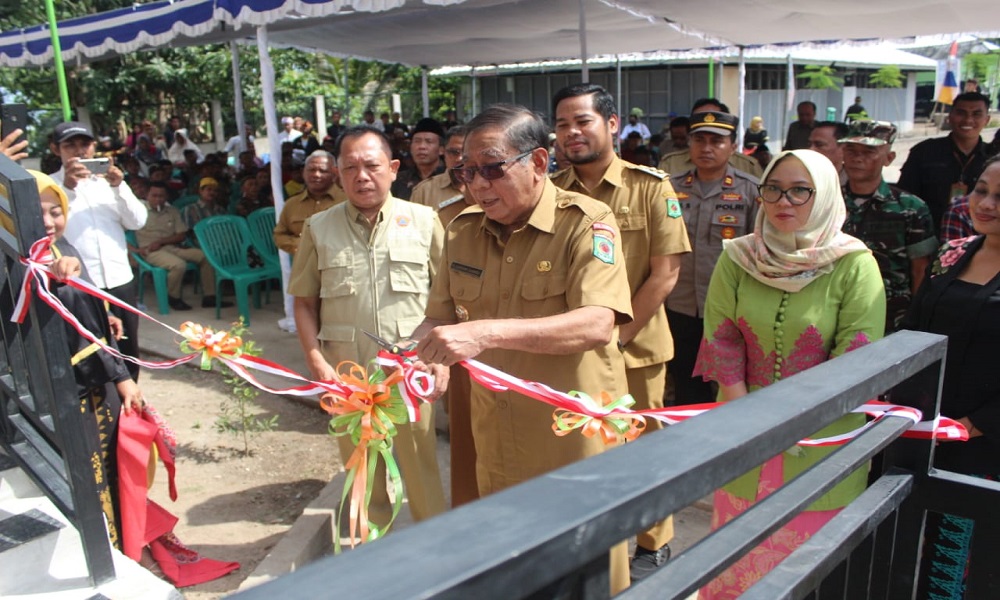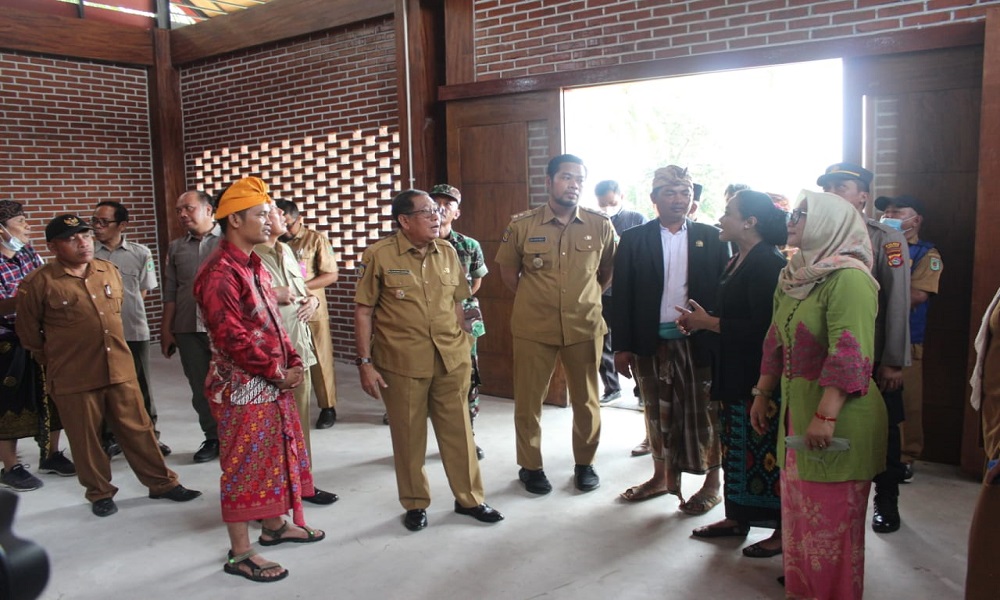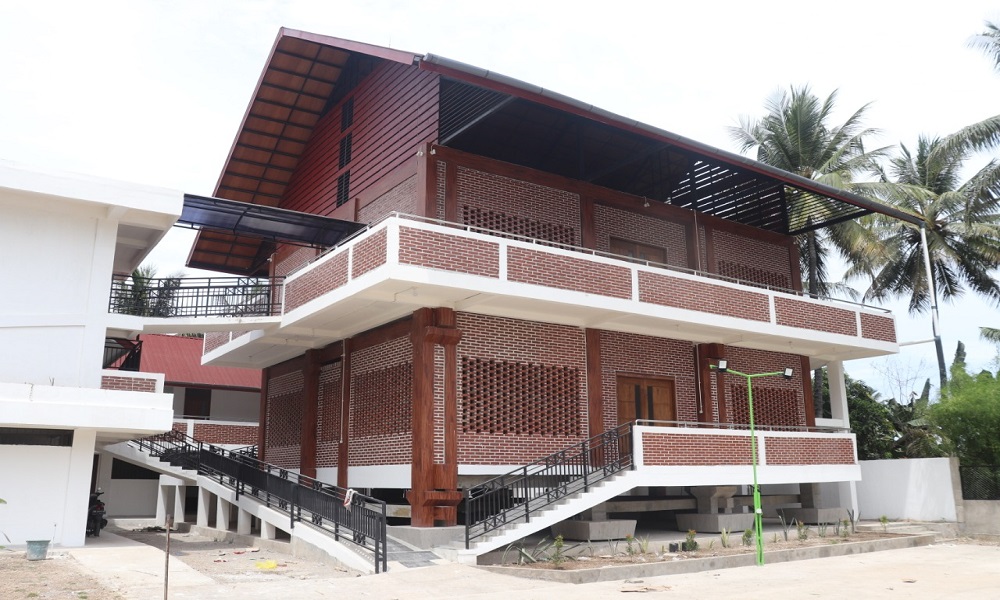
Located in Santong Mulia village, Kayangan sub-district, North Lombok district on Monday (07/11/22), the inauguration ceremony of the Community Evacuation Centre (PEM) building was held. The inauguration of the PEM was symbolically carried out by Mr Djohan Syamsu as the Regent of North Lombok and attended by Mrs Rindang Farihan and Wuri Lukitasari as representatives of YSI, Mrs Siti Rukaiyah Kayangan sub-district head, West Nusa Tenggara Provincial BPBD Representative, Santong Mulia village head, Polsek, and Koramil as well as the community and residents of Santong Mulia village.

The inauguration of PEM became a momentum of activities and handover that this building will be managed by the community in the future; in addition, the agreement and commitment to foster a sense of ownership of PEM became an important point for all parties. In her speech, Rindang Farihah as the representative of YSI emphasised that PEM development is expected to be a strategic point to provide protection to the community, especially (vulnerable groups) in disaster emergency situations as well as a space to learn and increase capacity related to disaster risk reduction. On the same occasion, the Regent of North Lombok emphasised that the establishment of the PEM building is a reminder of the magnitude of the existing disaster risk so that in the future the community must continue to pursue disaster mitigation activities to reduce vulnerability and increase disaster awareness. In line with the Regent, the Head of BPBD NTB hopes that the PEM Building can be a place that can be used not only as an evacuation centre but also as a place for community capacity building.

The inauguration ended with a symbolic handover from SHEEP Indonesia to Santong Mulia village and ribbon cutting by Mr Djohan Syamsu. The PEM building in Santong Mulia village adapts the Berugaq model which is one of Lombok's traditional buildings. The use of Berugaq as a PEM building model was inspired during the earthquake in 2018 where it was able to become a shelter and evacuation for the affected community with a strong structure and one of the buildings that could withstand the shocks of the earthquake at that time. The building, which consists of 2 floors and an open space, is built on 900 m² of land and is able to accommodate up to 280 people during emergencies and 250 people during normal times; more broadly, when there is no disaster the PEM building can also be used for social activities, disaster literacy centres and critical issue literacy as part of community capacity building.

